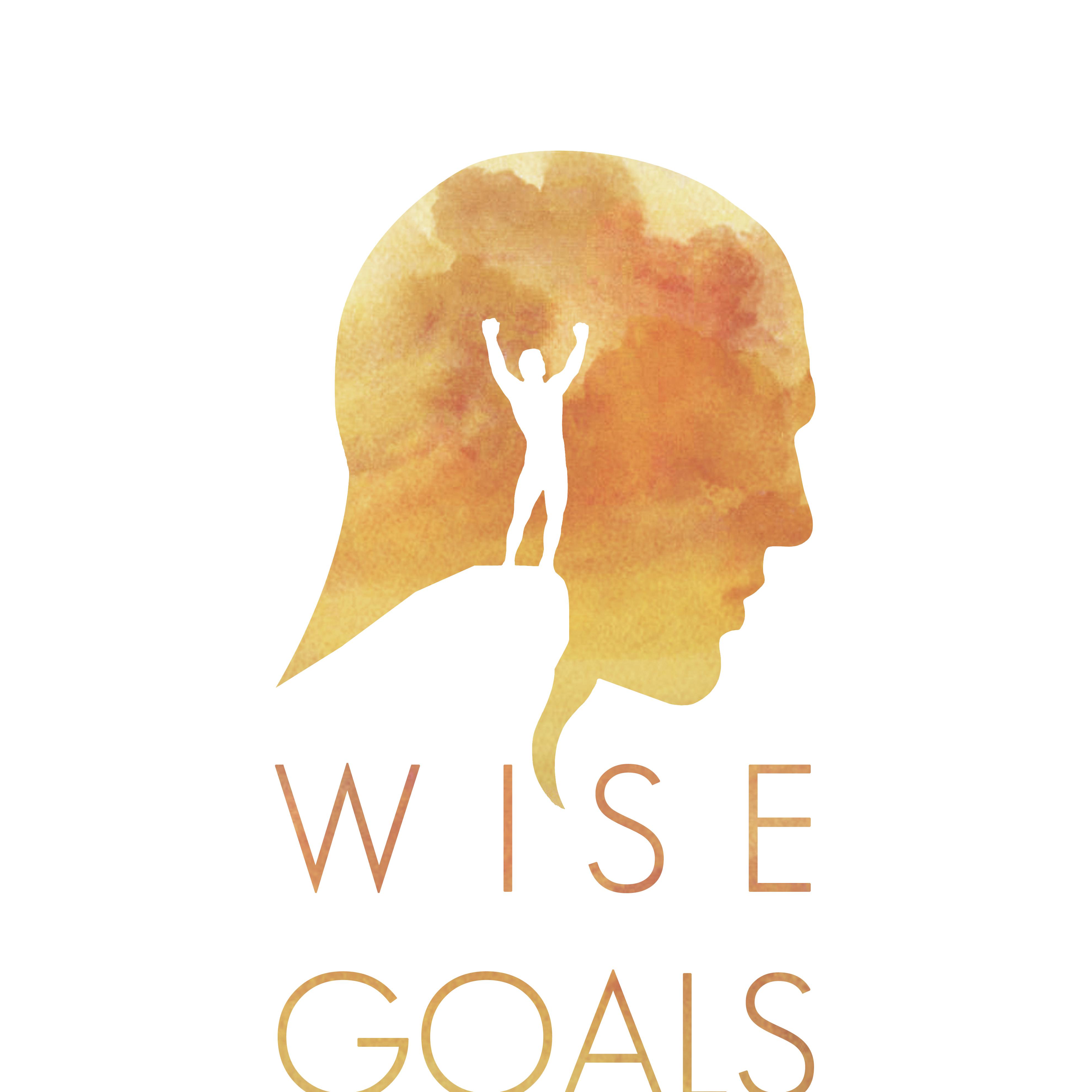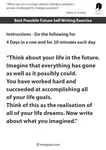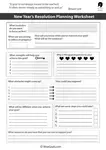- Home
- Flow State
The Flow State: How to Find Focus, Fulfillment, and Peak Performance
Why losing yourself in the moment might be the key to a more satisfying life
Understanding and harnessing the flow state can transform how you experience daily life, turning ordinary tasks into sources of deep satisfaction.
That effortless focus you feel when completely absorbed in an activity—whether playing music, coding, or even exercising—isn’t just a fleeting moment of enjoyment; it’s a scientifically backed mental state linked to happiness and peak performance.
Psychologists and athletes alike chase flow for its ability to make work feel like play and time seem to dissolve. The best part? You don’t need special skills to access it—just the right conditions. Here’s how to create them, more often.
Understanding Flow State: The Psychology of Optimal Experience
Flow isn’t just a trendy buzzword—it’s a well-researched psychological state linked to focus, creativity, and even happiness. Whether you call it "being in the zone" or "the psychology of optimal experience," flow describes those rare moments when effort and enjoyment merge. For anyone seeking more engagement in work, hobbies, or daily life, understanding flow is a practical tool, not just a theoretical idea.
1. Core Definitions: What Exactly Is Flow?
Coined by psychologist Mihaly Csikszentmihalyi, flow is a mental state where you’re fully immersed in an activity. Time distorts, self-consciousness fades, and action feels effortless. Think of a musician lost in a performance or a programmer debugging code for hours without noticing the clock.
Key characteristics include:
- Clear goals (knowing what to do next)
- Immediate feedback (seeing progress in real-time)
- Challenge-skill balance (neither bored nor overwhelmed)
Unlike passive relaxation, flow requires active engagement. It’s not about "zoning out"—it’s about zoning in.
2. Why Flow Matters: Beyond Productivity
Flow isn’t just for athletes or artists. Research ties it to:
- Higher life satisfaction (it’s a cornerstone of positive psychology)
- Improved performance (studies show flow enhances learning and skill mastery)
- Reduced stress (by focusing deeply, anxious thoughts fade)
In a world of constant distractions, flow offers a counterbalance. It turns mundane tasks into meaningful moments—whether you’re gardening, writing, or solving work problems.
3. The Science Behind Flow
Neuroscience reveals that flow correlates with reduced activity in the prefrontal cortex (the brain’s "overthinking" center). This temporary quieting of self-criticism explains why flow feels so freeing.
Studies also show:
- Flow triggers dopamine and norepinephrine, enhancing focus and motivation.
- It’s linked to long-term skill development—those in flow learn faster.
Yet, flow isn’t magic. It’s a predictable state you can cultivate with the right conditions.
How to Systematically Increase Flow in Your Daily Life
Flow isn’t accidental—it’s a skill you can develop with deliberate practice. Unlike generic "focus tips," this method uses the Flow State Scale (a validated psychological tool) to measure progress. You’ll identify what works for you, track changes, and refine your approach. Here’s how:
Step 1: Pick a Target Activity
Not all tasks are equally flow-friendly. Choose an activity that:
- You already enjoy (flow builds on intrinsic motivation)
- Has clear goals (e.g., playing a song, writing 500 words, solving a coding problem)
- Challenges your skills (but isn’t overwhelming)
Examples: Painting, running, coding, gardening, or even deep conversations. Avoid passive activities like scrolling social media—flow requires active engagement.
Step 2: Measure Your Baseline Flow
After completing the activity, use the Flow State Scale (FSS) to rate your experience. This 36-question assessment measures nine dimensions of flow:
- Challenge-Skill Balance: "I felt the task was just right for my abilities."
- Action-Awareness Merging: "I didn’t have to think about what I was doing."
- Clear Goals: "I knew exactly what I wanted to accomplish."
- Unambiguous Feedback: "It was clear how well I was doing."
- Concentration: "I was completely focused on the task."
- Sense of Control: "I felt in charge of my actions."
- Loss of Self-Consciousness: "I wasn’t worried about how others saw me."
- Time Transformation: "Time seemed to pass differently than usual."
- Autotelic Experience: "I did the activity purely for the enjoyment of it."
Rate each statement from 1 (Strongly Disagree) to 5 (Strongly Agree). Total scores range from 36–180—higher scores indicate deeper flow.
Step 3: Set a Flow-Enhancement Intention
Based on your FSS results, identify one or two weak dimensions to improve. For example:
- If "Concentration" scored low: Block 30-minute distraction-free sessions.
- If "Challenge-Skill Balance" was off: Adjust the task difficulty (easier or harder).
Set a specific goal: "Increase my total FSS score by 10 points in the next two weeks."
Step 4: Brainstorm Flow-Boosting Tactics
Using your FSS gaps, list actionable experiments. For example:
- For Clear Goals: "Write a mini-outline before starting."
- For Feedback: "Use a metronome while practicing piano."
- For Time Transformation: "Set a timer to remove clock-checking."
Prioritize small, testable changes. Flow thrives on incremental adjustments.
Step 5: Repeat and Reflect
Re-do the activity with your new tactics, then retake the FSS. Compare results:
- What improved? (e.g., "My ‘Sense of Control’ score rose from 3 to 4.")
- What didn’t work? (e.g., "The outline felt restrictive—I’ll try verbal brainstorming instead.")
Flow is iterative. Each cycle reveals personalized triggers—whether it’s morning vs. evening work or solo vs. collaborative settings.
Affiliate products.
In my articles I occasionally recommend products that I believe will enhance your goal setting journey. If you buy something through one of those links, I receive a small commission. There is no additional cost to you. To learn more, please see my affiliate disclosure document.
Want to Dive Deeper? Key Resources on Flow
If you're serious about applying flow science, these resources combine theory with practical tools:
- Foundational Book: Flow: The Psychology of Optimal Experience by Mihaly Csikszentmihalyi (the original research—ideal for understanding core principles)
- Flow State Scale (FSS): Download the scale (includes the 36-question scale used in studies)
- TED Talk: Csikszentmihalyi on Flow (14-minute intro to why flow matters for happiness)
- Home
- Flow State
Struggling to Find Flow Consistently?
As a trauma-aware positive psychology coach with an MSc in Applied Positive Psychology, I help clients design personalized systems to access flow—whether at work, in creativity, or daily life.
Together, we’ll identify your unique flow triggers and remove mental blocks holding you back.
Book a Free ConsultationWho I'm Affiliated With
I'm proud to be part of professional networks that value evidence-based practice, inclusion, and social impact.







